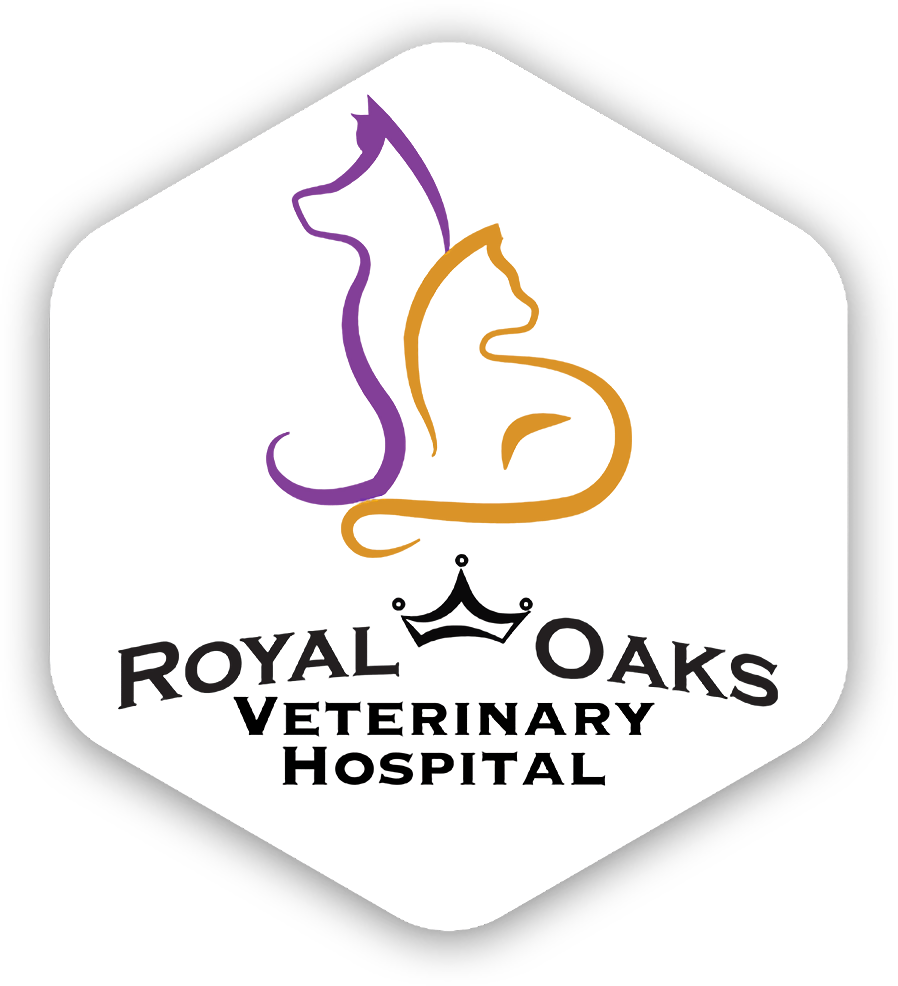Library
-
Dogs may become frightened of specific locations due to a traumatic event or negative experience that occurred at the location. Comfortable exposures during a puppy's sensitive socialization period may prevent fear from developing. Treatment includes behavior modification and medication, in some cases.
-
A dog may develop a fear-based response toward people or other animals for a number of reasons, including inadequate socialization, emotional trauma, genetic predisposition, or an underlying medical condition. Dogs indicate fear by using postures such as stiffening, cowering, or moving away. If the trigger remains too close for comfort, a fearful dog can exhibit an aggressive response such as a growl or snap. Dogs that experience intense fear benefit from professional intervention.
-
Fear can be a normal response to a threat, but it can also contribute to emotional and physical distress. Anxiety is the anticipation of fear. Phobias are intense fear responses to relatively benign triggers. Behavior modification and medications may be used to treat fear, anxiety, and phobias in dogs and cats.
-
Dogs may overindulge in food for several reasons, including not feeling full, boredom, or simply because they enjoy the taste of their food so much. If your dog's intake exceeds their daily calorie requirement, it can contribute to excessive weight gain and obesity. This article outlines some helpful strategies that can help your dog eat a healthy amount.
-
Interactive feeders that require a pet to think and work for their food call upon pets’ natural instincts to hunt or forage. Besides being fun, these food puzzles may help both physical and behavioral problems in cats and dogs. When used correctly, interactive feeders may benefit pets that eat too quickly, become bored when alone, or suffer from separation anxiety.
-
Successful airline travel with a cat begins long before the day of travel. Do your homework with the airlines. Acquire your cat's travel carrier well before your trip to allow her to become comfortable with it. Schedule a visit with your veterinarian close to the date of travel. Consult your veterinarian to create the best travel plan for your cat if she does not travel well. With some advance planning, attention to detail, and consultation with your veterinarian, flying with your cat can be a great experience.
-
Successful airline travel with a dog begins long before the day of travel. Do your homework with the airlines. Acquire your dog's travel carrier well before your trip. Schedule a visit with your veterinarian close to the date of travel. Consult your veterinarian to create the best travel plan for your dog if he does not travel well. With some advance planning, attention to detail, and consultation with your veterinarian, flying with your dog can be a great experience.
-
Food-related aggression describes aggressive behavior when a dog is approached while eating. Dogs give subtle signals of discomfort first; these signals are your dog's attempts to communicate a need, politely and clearly. Recognizing these signs when they are subtle and intervening early is vital for preventing or addressing food-related aggression.
-
Cat Behavior Problems: Scratching Behavior
Para los gatos arañar es un comportamiento normal que tiene al menos 4 funciones diferentes reconocidas: ir eliminando la parte externa de la uña, estirar y poner en forma los mecanismos necesarios para sacar y retraer las uñas, dejar marcas visuales para comunicarse con otros gatos y dejar unas señales químicas olorosas que proceden de unas glándulas de las almohadillas.
-
Gentamicin + betamethasone valerate + clotrimazole (Otomax®) is a combination topical ear medication used to treat bacterial and/or yeast ear infections in dogs. It is also used off label to treat bacterial and/or yeast infections in cats, or for the topical treatment of superficial skin infections in both dogs and cats.

